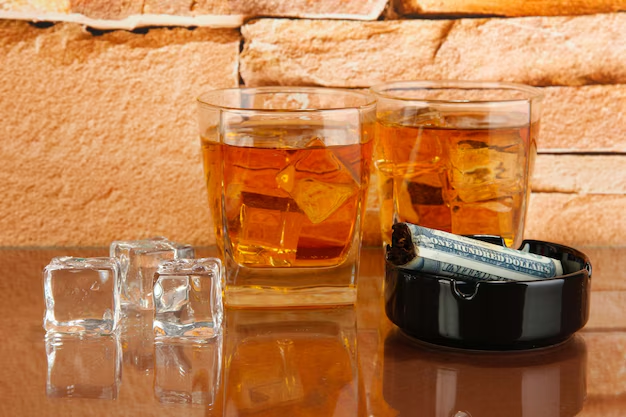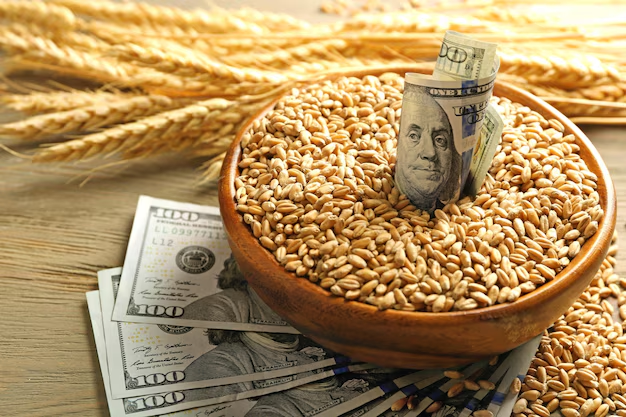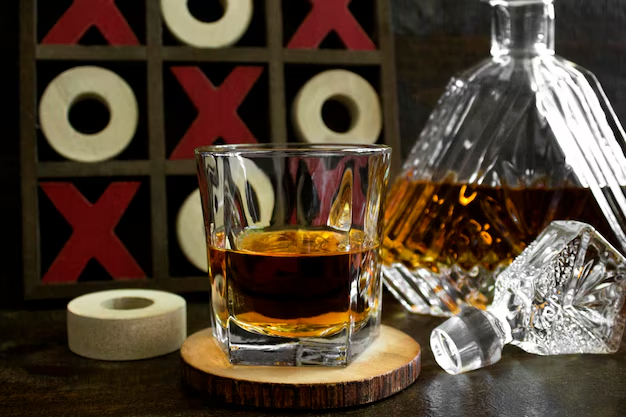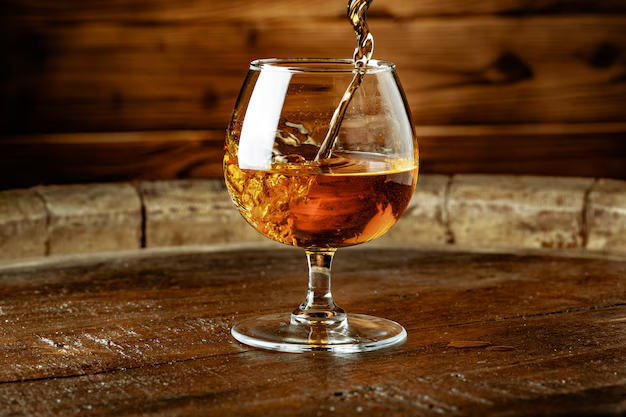Whiskey enthusiasts are most likely familiar with Weller Bourbon, a name that certainly piques the interest of collectors and enthusiasts alike. Considering its affiliation with the Pappy Van Winkle legacy, Weller is quintessentially one of the most sought after bourbons and its smooth and rich flavor has made it a highly desirable bourbon globally.
So what is it that makes Weller Bourbon so special and why is it so difficult to procure? Are the praises really justified? This guide will answer these questions by taking you through the history, flavor profile, varieties, and contemporary issues surrounding this exceptional American whiskey.
What Is Weller Bourbon?

Weller Bourbon is a wheated bourbon whiskey crafted by Buffalo Trace Distillery in Frankfort, Kentucky. Rather than utilizing rye, bourbon’s traditional secondary grain, Weller uses wheat, which results in a softer, smoother, and more accessible bourbon.
Such a delicate change in the grain combination has a considerable impact on the bourbon’s taste. The bourbon offers a warm and inviting profile, featuring caramel, honey, vanilla, and oak, and is noticeably sans the biting spice characteristic of rye bourbon.
Weller’s history extends to the 1840’s and was subsequently regarded as the original wheated bourbon.
A Brief History of Weller Bourbon
In 1849, William Larue Weller, a pioneer in the bourbon industry, began his whiskey company. He was one of the first distillers to experiment with the mash bill and substitute wheat for rye—a radical innovation during that period.
Weller’s company would eventually combine operations with the Stitzel-Weller Distillery, which created some of the most renowned bourbons, such as Pappy Van Winkle. Weller’s Stitzel-Weller bourbon brands and the Weller Reserve bourbon now belong to the Sazerac Company’s Buffalo Trace Distillery.
What Makes Weller Bourbon Unique?
Such characteristics Weller Bourbon distinct in the packed arena of whiskey:
1. The Wheated Mash Bill

The classic bourbon recipe consists of corn, rye, and barley. Weller substitutes rye for wheat. This results in a sweeter and a softer bourbon. This smoothness is and ease of drinking is a great attention for novice bourbon consumers and for seasoned collectors.
2. Relation to Pappy Van Winkle
Both Weller and Pappy Van Winkle use the same mash bill and are produced in the same distillery. The difference is in aging and selection, for Pappy is blended and aged for a longer time. This similarity enables Weller to be considered a more affordable option to Pappy.
3. Limited Availability
Due to high demand and limited supply Weller is very hard to obtain at retail stores, driving the secondary market demand for it.
Popular Varieties of Weller Bourbon
Weller’s selections have their own unique characteristics and appeal.
### 1. W.L. Weller Special Reserve
• ABV: 45% (90 Proof)
• Flavor Notes: Honey, butterscotch, caramel
• Profile: Smooth and approachable, W.L. Weller Special Reserve is easy on the wallet, and is frequently labeled as the “green label Weller.”
### 2. Weller Antique 107
• ABV: 53.5% (107 Proof)
• Flavor Notes: Cinnamon, vanilla, oak
• Profile: Bold and uncomplex, Weller Antique 107 is great for cocktails but is best enjoyed neat.
### 3. Weller 12 Year
• ABV: 45% (90 Proof)
• Flavor Notes: Dark fruit, caramel, oak
• Profile: Rare and immensely collectible, Weller 12 Year is frequently compared to the Pappy 15 Year, and for good reason: they host similar aging profiles.
### 4. Weller Full Proof
• ABV: 57% (114 Proof)
• Flavor Notes: Chocolate, oak, spice
• Profile: This one is for you if you like your bourbon unfiltered and uncut.
### 5. William Larue Weller (BTAC Edition)
• ABV: Varies (Typically 60%–65%)
• Profile: Part of the Buffalo Trace Antique Collection (BTAC), William Larue Weller is barrel-proof, uncompromised, and boasts one of the richest profiles. Described as one of the best bourbons on the planet, its reputation is well deserved.
Why Is Weller Bourbon So Hard to Find?

Supply and demand are the main reasons Weller Bourbon has become scarce. As bourbon became more popular around the world, so did the demand for wheated bourbons like Weller and Pappy. Buffalo Trace has a constrained capacity for production and its whiskey has to be aged for extended periods of time which means that there is no way for the supply to instantly meet the demand.
Furthermore, the online buzz, whiskey community, and collectors themselves are the reasons there is so much interest which, in turn, leads to appreciation in the value of the whiskey in the secondary market of several multiples of the original value.
How to Find and Buy Weller Bourbon
To obtain Weller Bourbon at more competitive prices, consider the following methods:
• Become Active in Local Bourbon Communities: Members frequently discuss restock and bottle swap opportunities.
• Inquire at Independent Liquor Retailers: Smaller shops may receive micro allocations of hard-to-find whiskies.
• Subscribe to the Distillery’s E-Newsletter: Updates on special releases and brand activities will make it easier to plan purchase opportunities.
• Travel to Bourbon Country: Access to unique expressions available in Kentucky distilleries will help you acquire sought-after bourbons.
How to Drink Weller Bourbon
Your taste preferences are essential to gauging the best way to enjoy Weller:
• Neat: This is the best way to appreciate the whiskey’s complete character and essence.
• On the Rocks: A modest amount of ice will soften the whiskey’s burn and release the sweeter facets.
• In a Cocktail: Particularly the Antique 107, Weller works well in cocktails such as the Old Fashioned, Manhattan, or Whiskey Sour.
FAQs About Weller Bourbon
1. Why is Weller called “the poor man’s Pappy”?
Because of its similar mash bill and distillery as Pappy Van Winkle. Also is much more affordable and accessible (though still rare).
2. Which Weller is the best?
The “best” depends on taste. Many enthusiasts rank Weller 12 Year and Weller Full Proof because of the balance of flavor, richness, and smoothness.
3. Is Weller a wheated bourbon?
Yes. Weller uses wheat as its secondary grain instead of rye which gives Weller a softer, sweeter taste.
4. Where is Weller Bourbon made?
It’s made at Buffalo Trace Distillery in Frankfort, Kentucky — one of the oldest and most respected bourbon distilleries in the U.S.
5. How much does Weller Bourbon cost?
Prices at retail are as follows:
• Special Reserve: $25–$40
• Antique 107: $50–$70
• Weller 12 Year: $70–$100
Though due to scarcity, Weller bourbons may sell at a much greater cost in secondary markets.
6. What’s the difference between Weller and Pappy?
Although they share the same mash bill and origin, Pappy is aged longer and has more selective barrel than Weller, resulting in a richer, more complex flavor profile.
Conclusion:
Weller Bourbon is a classic bourbon; a wheated bourbon masterpiece that is still adored by many. The history that is entwined with Pappy Van Winkle while offering a very smooth taste makes it one of the most sought after bourbon.
Purchasing a very rare Weller 12 Year, or Weller Special Reserve after dinner, you can be sure of Weller’s history as ‘the original wheated bourbon’ will be part of the legacy.
Don’t hesitate the next time you see a Weller. It’s more than a bourbon, it’s a history of American whiskey.





